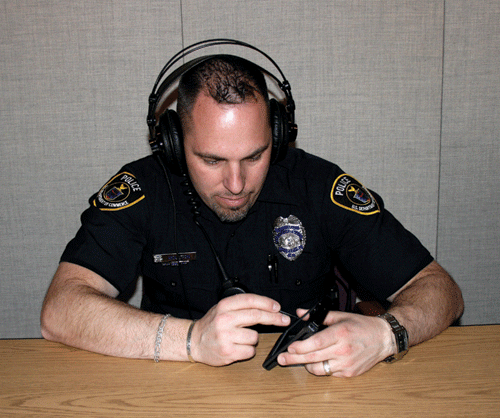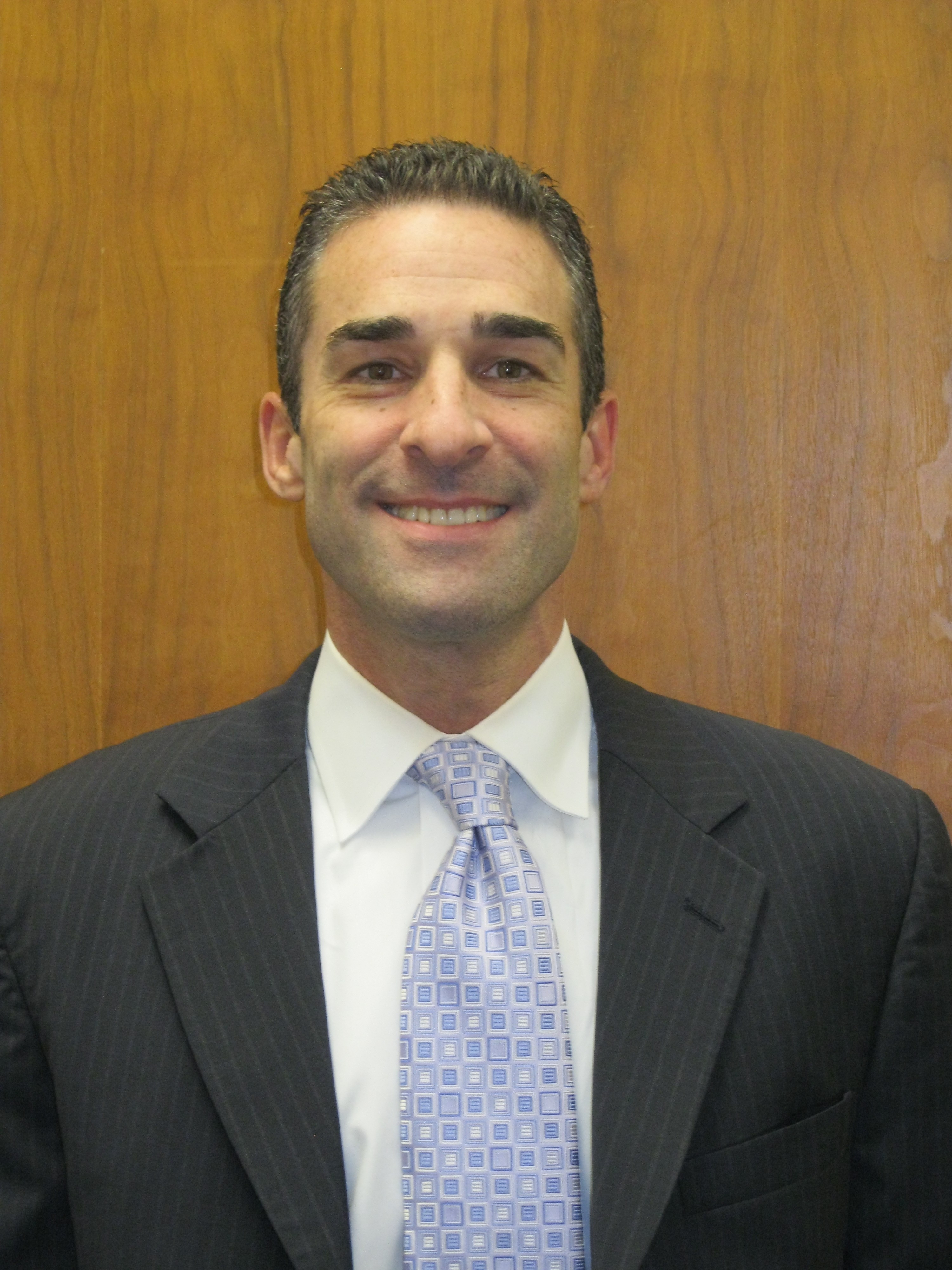Newsroom
Use the filters below to narrow publications by offices, programs or categories
Closing the digital divide – and getting all Americans online – requires a multipronged approach. It’s not enough just to provide affordable computer equipment and access to broadband at a reasonable price. Just as important is digital literacy training to teach people how to use the Internet and take advantage of everything it has to offer.
This article is cross-posted on the OSTP blog
The President’s strategy for expanding the capacity of high-speed wireless broadband services across the Nation may get a boost from a new Defense Department Initiative to fund research and development of innovative new approaches to spectrum sharing.
As the Broadband Technology Opportunities Program (BTOP) nears completion, NTIA staff is continuing to work closely with our grantees to ensure that projects are wrapping up on time and within budget, delivering the promised broadband benefits to the communities they serve.
To understand how rural South Dakota is, consider this: The state ranks 17th in the nation in terms of geographic size, but 46th in population - with fewer than 820,000 people, according to the 2010 Census. In some parts of South Dakota, the distance between farmsteads can be six miles. Cattle outnumber people four to one.
For telecommunications companies, the state’s sparse population means that there are not enough customers in many places to enable them to recoup costly investments in advanced telecommunications networks needed to deliver high-speed Internet service.
Nearly two years ago, NTIA launched the National Broadband Map, and today we are updating it, as we have every six months since its inception. The map provides the first-ever detailed datasets of broadband availability across the country, and it would not be possible without a unique partnership between the federal government, states, and the voluntary participation of many broadband providers.
NTIA’s Institute for Telecommunication Sciences (ITS) is hard at work in our Boulder, Colorado labs testing next-generation technology that will be used in a new nationwide public safety broadband network to be built by the First Responder Network Authority (FirstNet).

Public Safety official participates in testing of digital LMR intelligibility.
As 2012 draws to a close, I would like to take a moment to think back on some of the major things we’ve accomplished and then look forward to what we have on our plate for 2013.
NTIA recently released the Third Interim Progress Report on the Obama Administration’s efforts to make available 500 megahertz of spectrum by 2020 for expanded wireless broadband use.
Internet Protocol (IP) numbers underpin and connect broadband and IP-based network infrastructures. Without IP numbers, we could not attach computers and smartphones to the Internet, and we could not route traffic to and from those devices. Without an adequate supply of these numbers, we could not design cloud computing networks or the smart grid. As we move to a world of innovation where virtually everything can be networked to everything else, we need to ensure a sufficient supply of IP numbers.
On the eve of the World Conference on International Telecommunications (WCIT), we believe that it is the right time to reaffirm the U.S.

While stuck in construction traffic the other day, I thought of the old cliché that there are only two seasons – winter and road construction. But after visiting the Central Valley Independent Network’s (CVIN) offices in Fresno, California this summer, I would add broadband construction as a third season.
At the second privacy multistakeholder meeting regarding mobile application transparency held August 22, stakeholders made substantial progress on procedural issues to move this process forward. Poll results from the meeting are available here. NTIA grouped the poll results into three categories: “general support,” “mixed views,” and “general opposition.” These categories are our rough groupings, and are certainly not binding.
NTIA's Broadband Technology Opportunities Program (BTOP) is funding innovative programs across the nation that are working to close the digital divide. And a number of those projects are targeting a group of Americans too often left behind by today's fast-moving technology: seniors.
On July 12, 2012 we took another step toward implementing the Consumer Privacy Bill of Rights, the centerpiece of the Obama Administration’s blueprint to improve consumer privacy safeguards and promote the growth of the digital economy.
Today we again updated the National Broadband Map, the unprecedented interactive map that shows what high-speed Internet service is available in the United States. The map is powered by a new set of data from 1,865 broadband providers nationwide – more than 20 million records – and displays where broadband is available, the name of the provider, the technology used to provide the service, and the maximum advertised speeds of the service.
I recently had the opportunity to speak to the National Association of Latino Elected and Appointed Officials (NALEO) and the League of United Latin American Citizens (LULAC) about NTIA’s Broadband Technology Opportunities Program (BTOP) and the work it is doing to promote broadband adoption in the Latino community.
A high-speed Internet connection can provide access to everything from online job postings to educational opportunities to valuable healthcare information. But too many Latino households remain cut off from these important benefits.
NTIA is honored to report that the National Public Safety Telecommunications Council (NPSTC) has established the Atkinson Technical Award to commemorate David (DJ) Atkinson, a senior engineer with NTIA’s Institute for Telecommunication Sciences (ITS) who was recently killed in a tragic motorcycle accident. His death has been a great loss to NTIA and to ITS, NTIA’s research and engineering laboratory, which is located in Boulder, CO.
Earlier this year, the Obama Administration released a comprehensive blueprint to improve consumers’ privacy protections in the information age and promote the continued growth of the digital economy. The White House requested that NTIA convene interested stakeholders -- including companies, privacy advocates, consumer groups, and technology experts -- to develop enforceable codes of conduct that specify how the principles in the Consumer Privacy Bill of Rights apply in specific business contexts.
The deadline for analog low-power television stations and translator stations to apply for a federal grant to cover digital upgrade costs is fast approaching. The last day that NTIA can accept grant applications under the Digital Upgrade Program is July 2.
While all full-power television stations in the United States had to upgrade to digital broadcasting in 2009, thousands of analog low-power television stations and translator stations have until 2015 to make the transition.
I recently had the opportunity to participate in a Community Broadband Summit held by the District of Columbia to explore the many ways that broadband drives economic growth, spurs community development and opens up new possibilities in jobs, education, healthcare and other areas.
I recently had the opportunity to participate in a symposium at the Johns Hopkins University Applied Physics Lab that highlighted the benefits that a new high-speed broadband network will bring to schools, libraries, healthcare institutions, public safety facilities and other community “anchors” across the state of Maryland.
In today’s wireless world, the demand for spectrum from consumers, businesses, and federal users continues to grow at a rapid rate. In response to this growing demand, in June 2010, President Obama directed the Department of Commerce, working through NTIA, to collaborate with the FCC to make available an additional 500 megahertz of spectrum over the next decade for commercial wireless broadband use.
A dozen years ago, a group of technology officials in the neighboring Wisconsin cities of Eau Claire and Chippewa Falls began meeting to share ideas on how to prepare their computer systems for Y2K. The group included officials from the city and county governments, local school districts, community libraries and medical institutions. And while Y2K came and went without incident, it soon became clear that the collaboration had the potential to turn into something much bigger.
Last week, over 350 representatives from public safety organizations, Federal agencies, industry and academia converged in Broomfield, Colorado to learn about the latest developments in public safety broadband technologies. The conference was sponsored by the Public Safety Communications Research (PSCR) program, a joint effort between NTIA’s Institute for Telecommunication Sciences (ITS) research laboratory and NIST's
